Shingles
It's not directly contagious, but someone with shingles can spread the varicella-zoster virus to individuals who haven't had chickenpox or the chickenpox vaccine, potentially causing chickenpox in them.
The trusted skin experts at Pinnacle Dermatology are here to help you navigate shingles. Schedule an appointment with one of our trusted providers to start your journey to healthy skin.
Examples of Shingles
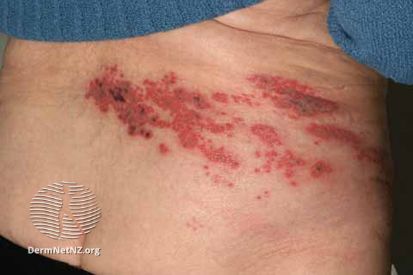
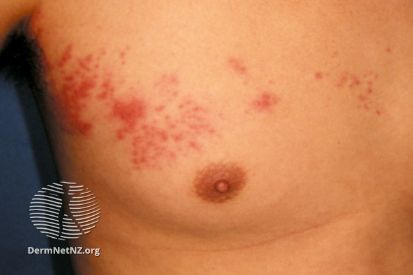
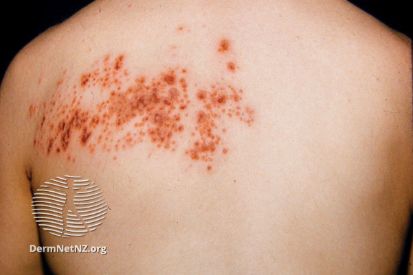
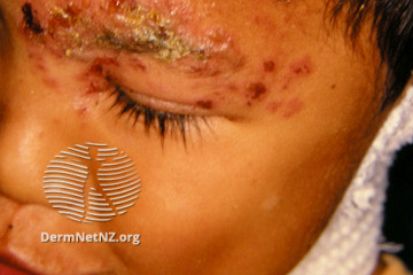
What are the Symptoms of Shingles?
- Headaches, fever, and/or chills.
- Fatigue.
- A line of fluid-filled blisters.
- Severe itching, burning, pain, or discomfort.
- Numbness and/or a tingling sensation.
What Causes Shingles?
- Shingles are caused by the reactivation of the varicella-zoster virus, the same virus responsible for giving us chickenpox.
- When the immune system weakens with age, stress, or other factors, the virus can resurface, leading to shingles.
- The reactivated virus travels along nerves, causing pain and a distinctive rash.
Shingles Prevention
Shingles FAQs
Shingles is a viral infection caused by the varicella-zoster virus, the same virus responsible for chickenpox. After having chickenpox, the virus can reawaken later in life, leading to shingles.
Early signs may include pain, tingling, or a burning sensation in a specific area of the skin, followed by the development of a rash with fluid-filled blisters. It often appears on one side of the body.
Dermatologists play a key role in diagnosing shingles by examining the characteristic rash. They differentiate it from other skin conditions based on the distribution, appearance, and accompanying symptoms.
In some cases, shingles can cause scarring, especially if blisters are scratched or not properly cared for. Dermatologists can provide guidance on wound care to minimize scarring.
Sun exposure can trigger shingles outbreaks. It's advisable to protect the affected skin from direct sunlight during an outbreak, and dermatologists may recommend suitable sun protection measures.
Dermatologists can provide guidance on post-shingles skin care to minimize scarring and address lingering symptoms. They may recommend moisturizers, scar treatments, or other interventions based on individual needs.
Treatments for Shingles
- Prescription antiviral drugs.
- Numbing creams or sprays.
- Medications that can help with pain.
Schedule with one of our certified skin experts today!
Featured Blogs
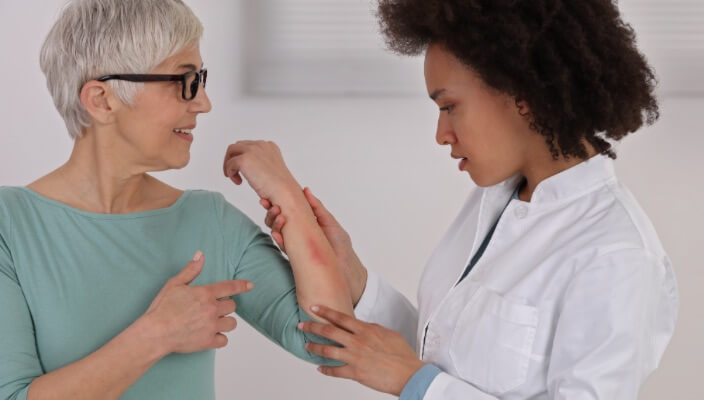
- General Dermatology
- Chronic Skin Conditions
Eczema, a chronic skin condition characterized by inflammation and intense itching, can be challenging to manage, especially during flare-ups.
Read More
- General Dermatology
Curious if it's time to consult a dermatologist? Explore key signs and considerations to determine whether a visit to a skincare expert is essential for your skin health and well-being.
Read More
- Skin Cancer
- Sun Safety
The sun's ultraviolet (UV) radiation poses a significant risk. Discover ways to protect you and your loved ones from the sun and keep your skin healthy all year long.
Read MoreFeatured Products

iS Clinical LIProtect SPF 35
Formulated for the delicate skin of the lips, LIProtect SPF 35 offers powerful broad spectrum protection while minimizing the visible effects of photodamage and pollutants. This antioxidant-rich treatment is more than just a lip balm, combining gentle all-physical transparent sunscreen actives with Vitamin E and Coconut Oil to help condition lips while Elderberry Extract and Linoleic Acid help defend from environmental stressors. 5 g e Net wt. 0.17 oz.

iS Clinical Warming Honey Cleanser
This rich, luxurious treatment cleanser, formulated with pure Honey, Royal Jelly, and Propolis, imparts an extraordinary sensory experience while effectively cleansing and gently exfoliating the skin. It leaves skin ultra-hydrated and moisturized while helping to refine and balance problematic skin types. Warming Honey Cleanser has been specially formulated with Green Tea Extract and Papaya Enzymes to help nourish and boost exfoliation, leaving the skin looking and feeling velvety smooth. 120 g e Net wt. 4 oz.


